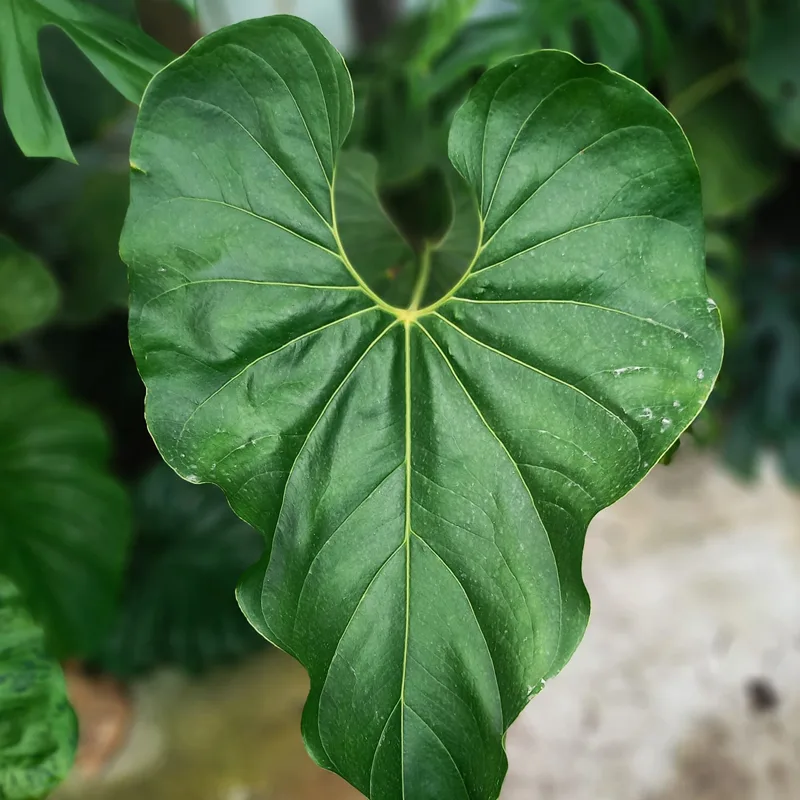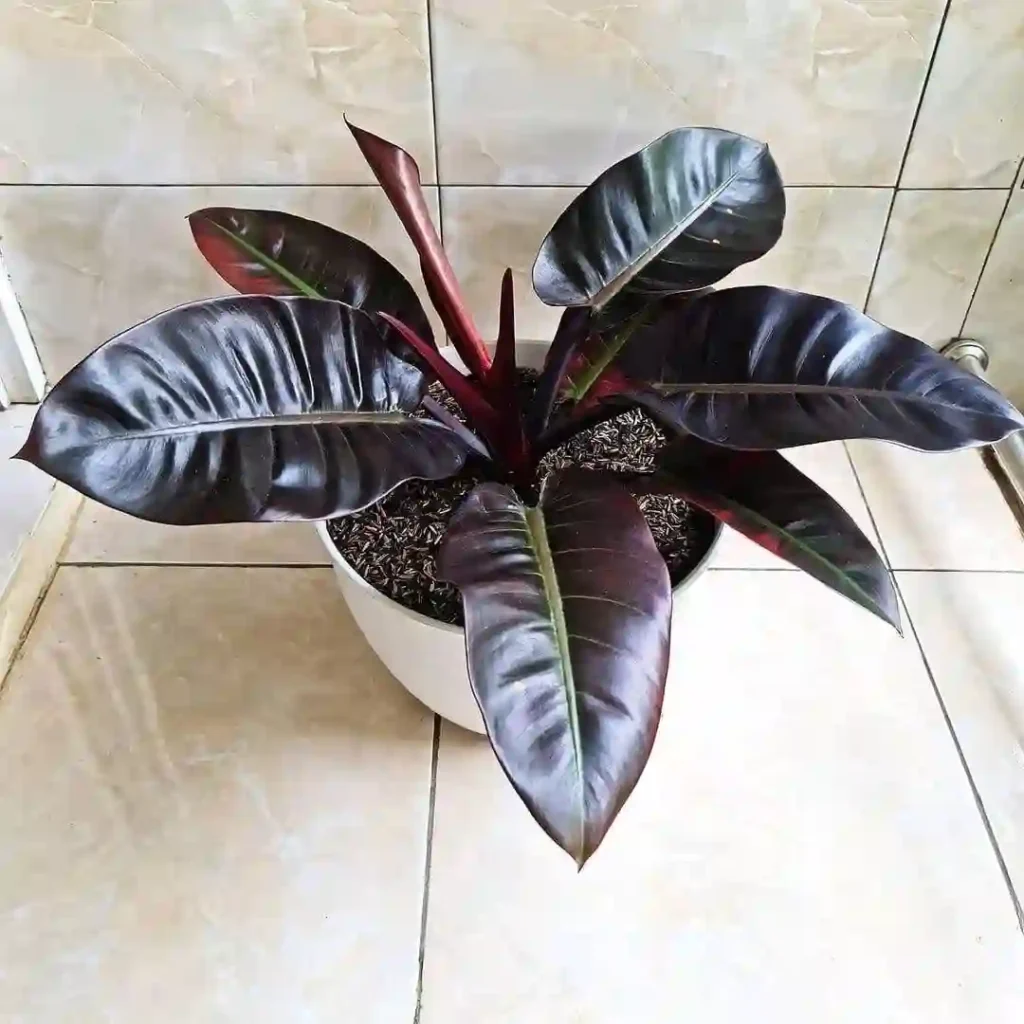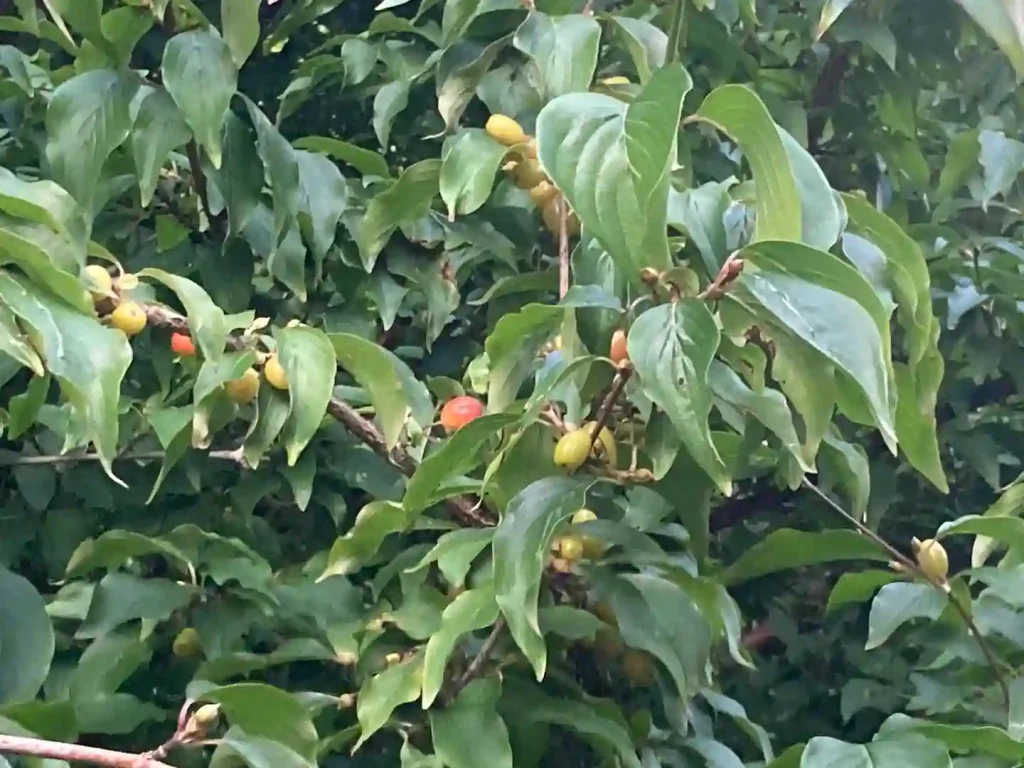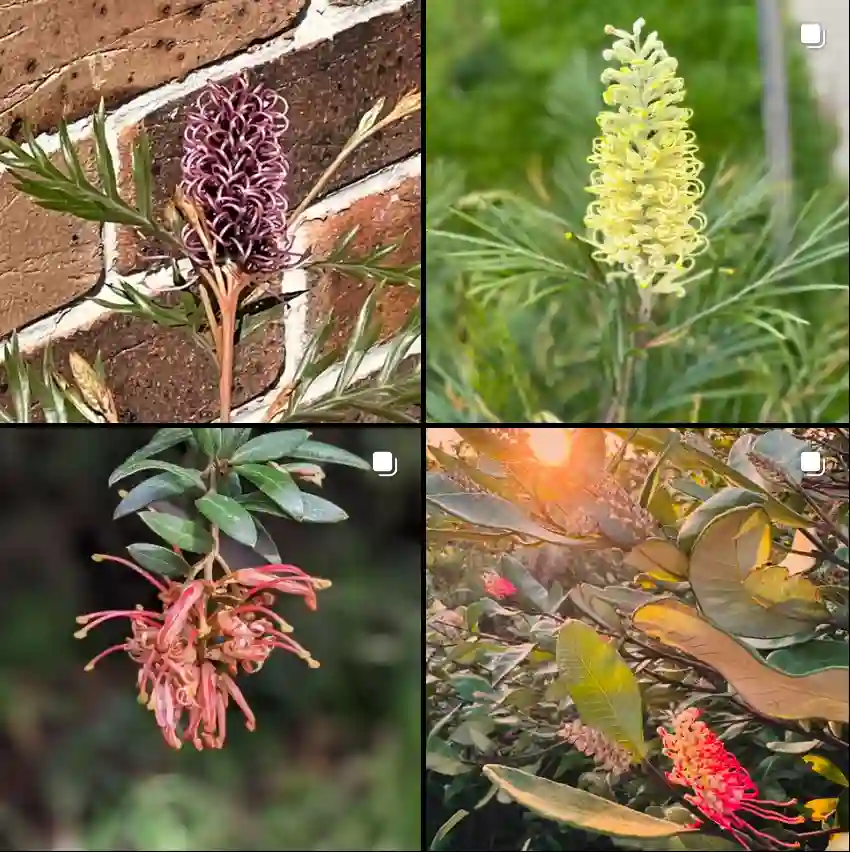Celtica: A Deep Dive into a Giant Among Grasses
My name is Ferb Vu, and I’ve always been fascinated by the natural world, particularly the diverse and often overlooked beauty of grasses. Among them, the genus Celtica belong to the Poaceae family, holds a special place in my heart. This genus, while small in the number of species, boasts a striking presence, most notably with its giant member, Celtica gigantea.
The Majesty of Celtica gigantea
Standing tall and proud, Celtica gigantea is a sight to behold. Also known as giant feather grass or golden oats, this imposing plant can reach heights of over two meters. Its feathery plumes, shimmering gold in the sunlight, sway gracefully in the breeze, creating a mesmerizing spectacle. Native to southern Europe, particularly the Mediterranean regions, Celtica gigantea thrives in dry, sunny environments. Its resilience and adaptability make it a popular choice for ornamental gardening, adding a touch of drama and elegance to landscapes.
I first encountered Celtica gigantea during a botanical expedition in Spain. Its sheer size and the way it dominated the landscape captivated me. The golden plumes, catching the light, seemed to dance and shimmer, creating an ethereal atmosphere. It was a moment of pure awe, a reminder of the beauty and power of the natural world.
Beyond the Giant: Exploring the Celtica Genus
While Celtica gigantea is the most well-known member, the genus Celtica encompasses other species, each with its own unique characteristics. These include:
- Celtica gigantea (Giant feather grass): As mentioned earlier, this is the most prominent species, known for its impressive size and golden plumes.
- Celtica filiformis (Slender feather grass): This species is characterized by its delicate, thread-like leaves and more compact growth habit.
- Celtica schottii ( Schott’s feather grass): Native to North America, this species is known for its bluish-green foliage and graceful plumes.
Despite their differences in appearance, all Celtica species share some common features. They are all perennial grasses, meaning they live for more than two years. They are also characterized by their distinctive inflorescences, or flower clusters, which are composed of numerous spikelets arranged in a panicle. These spikelets are often adorned with long, silky hairs, giving the plumes their characteristic feathery appearance.
The Importance of Celtica
Beyond their ornamental value, Celtica species play an important role in their ecosystems. They provide food and shelter for various wildlife, including birds and small mammals. Their deep root systems help to stabilize the soil, preventing erosion. In some regions, Celtica species have also been used for traditional crafts, such as basket weaving and thatching.
Furthermore, Celtica gigantea has gained attention for its potential in phytoremediation, a process that uses plants to remove pollutants from the environment. Studies have shown that this species can effectively absorb heavy metals from contaminated soils, making it a valuable tool for environmental cleanup.
Conservation Efforts
Despite their resilience, Celtica species, like many other plants, face threats due to habitat loss, climate change, and invasive species. Conservation efforts are crucial to ensure their survival for future generations. These efforts include protecting existing populations, restoring degraded habitats, and raising awareness about the importance of these grasses.
As a botanist and nature enthusiast, I believe it is our responsibility to protect and preserve the diversity of our planet’s flora. By understanding and appreciating the value of plants like Celtica, we can contribute to a more sustainable and harmonious future.
In conclusion, the genus Celtica is a testament to the beauty and resilience of grasses. From the towering presence of Celtica gigantea to the delicate charm of Celtica filiformis, these plants enrich our world in countless ways. By recognizing their importance and supporting conservation efforts, we can ensure that these magnificent grasses continue to thrive for generations to come.
If i die, water my plants!



